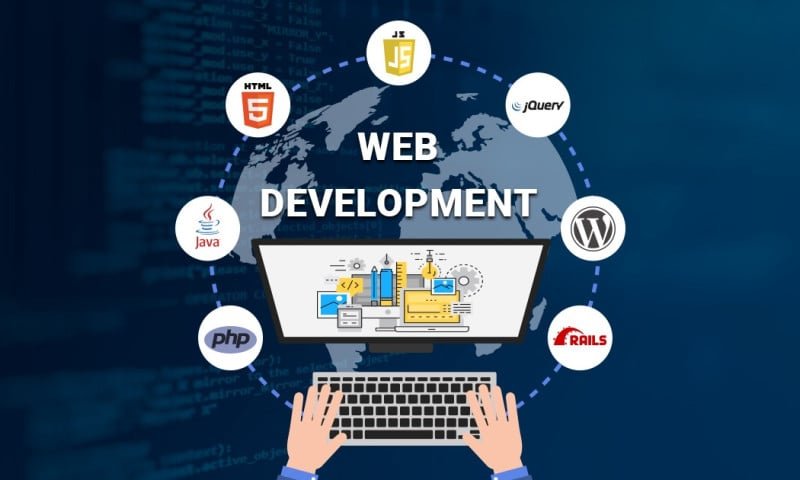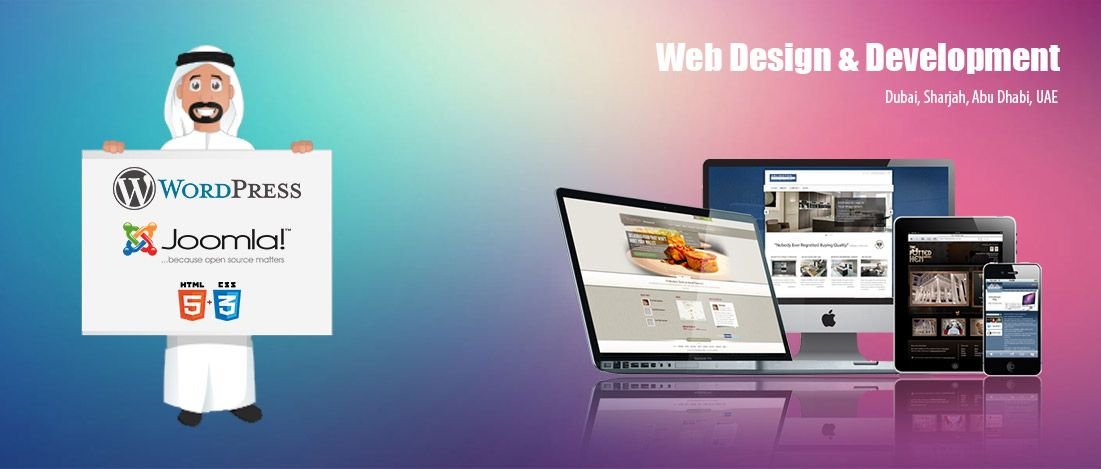Dubai, often synonymous with opulence and innovation, is a city that epitomizes the fusion of tradition and technology. In this digitally-driven era, businesses in Dubai recognize the pivotal role of a strong online presence. However, comprehending the intricate web development costs in Dubai in this bustling metropolis requires a meticulous examination of various elements. From dissecting cost influences to aligning web features with diverse business sizes, understanding the landscape of web development expenses is crucial for informed decision-making and strategic investments.
1. The Multi-dimensional Cost Dynamics in Dubai’s Web Development Sphere
Dubai’s web development costs are not monolithic; they are an amalgamation of numerous components. Project intricacy stands as a primary cost determinant. Projects requiring intricate functionalities, complex databases, or custom designs tend to escalate costs due to the increased effort and expertise involved.
Furthermore, the proficiency and experience of development teams play a pivotal role. Dubai boasts a diverse pool of development agencies, each with its skill set and pricing structure. Established agencies with a track record of delivering high-end solutions might command a premium, while newer firms might offer competitive rates to build their portfolio.
2. Feature Sets and Cost Variability: A Detailed Analysis
The spectrum of web features dictates the cost matrix of a project. For instance, a basic informational website necessitates less development effort compared to an e-commerce platform integrated with intricate payment gateways, product databases, and personalized user accounts.
Moreover, the choice of technology stack and platform can significantly impact costs. Using cutting-edge technologies or opting for a custom solution may inflate expenses while utilizing pre-built templates or platforms might offer a more cost-effective solution.
3. Business Scale as a Determinant: Influence on Web Development Costs
The size and scale of a business are integral in determining web development budgets. Smaller businesses often operate with constrained budgets, leading them to focus on essential functionalities to kickstart their online presence. Conversely, larger enterprises might allocate substantial resources for a comprehensive web solution, encompassing a wide array of features and optimizations.
Additionally, industry-specific requirements can significantly impact costs. For example, businesses in sectors like finance or healthcare may necessitate stringent security measures, compliance adherence, and specialized functionalities, contributing to higher development costs.
4. Foresight and Scalability: Factoring Future Growth into Costs
Web development costs should not just focus on immediate needs but also anticipate future scalability. A website that can evolve and scale with the business prevents the need for frequent overhauls, reducing long-term expenses. Investing in a scalable architecture or a modular design that allows for seamless expansions can be a prudent strategy, ensuring the website remains relevant as the business grows.
Moreover, ongoing maintenance and support costs should be factored in. Regular updates, security patches, and technical support post-launch are integral for the sustainability of the website and need to be accounted for in the overall cost.
5. Pricing Structures, Transparency, and Negotiation Strategies
Navigating the labyrinth of pricing structures requires a keen understanding of prevalent models in Dubai’s web development domain. Some agencies might offer fixed-price packages for standardized solutions, while others prefer hourly rates, especially for complex and bespoke projects.
Transparency in negotiations is paramount. Clearly outlining project scopes, deliverables, and expectations from both parties can avoid cost discrepancies and ensure a smoother development process. Negotiation strategies that focus on mutual benefit rather than solely on cost reduction can often lead to more fruitful collaborations.
6. Striking a Balance Between Quality and Cost: Decision-Making Challenges
Balancing quality with cost remains an enduring dilemma in web development. While cost-effective solutions may seem appealing, compromising on quality can have long-term repercussions. It’s essential to strike a balance that aligns with the business’s objectives and aspirations.
The differentiation between price and value is crucial. Sometimes, investing a little more upfront for a high-quality website might yield better long-term results, including enhanced user experience, better SEO rankings, and increased conversion rates.
The intricate web development costs in Dubai encapsulate a myriad of factors, from project intricacies to business scale and technological choices. By dissecting these elements and aligning them with the unique requisites of businesses, informed decisions can be made. Understanding the multifaceted nature of web development costs empowers businesses to invest judiciously, ensuring their financial outlay results in a robust online presence that propels them toward success in Dubai’s ever-evolving digital landscape.





